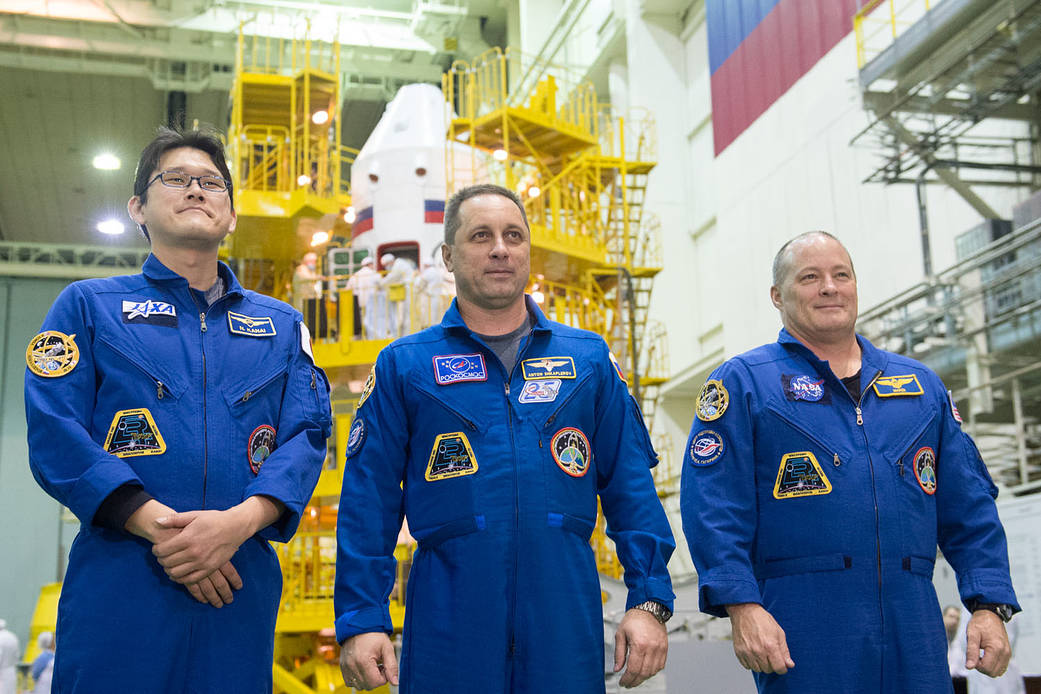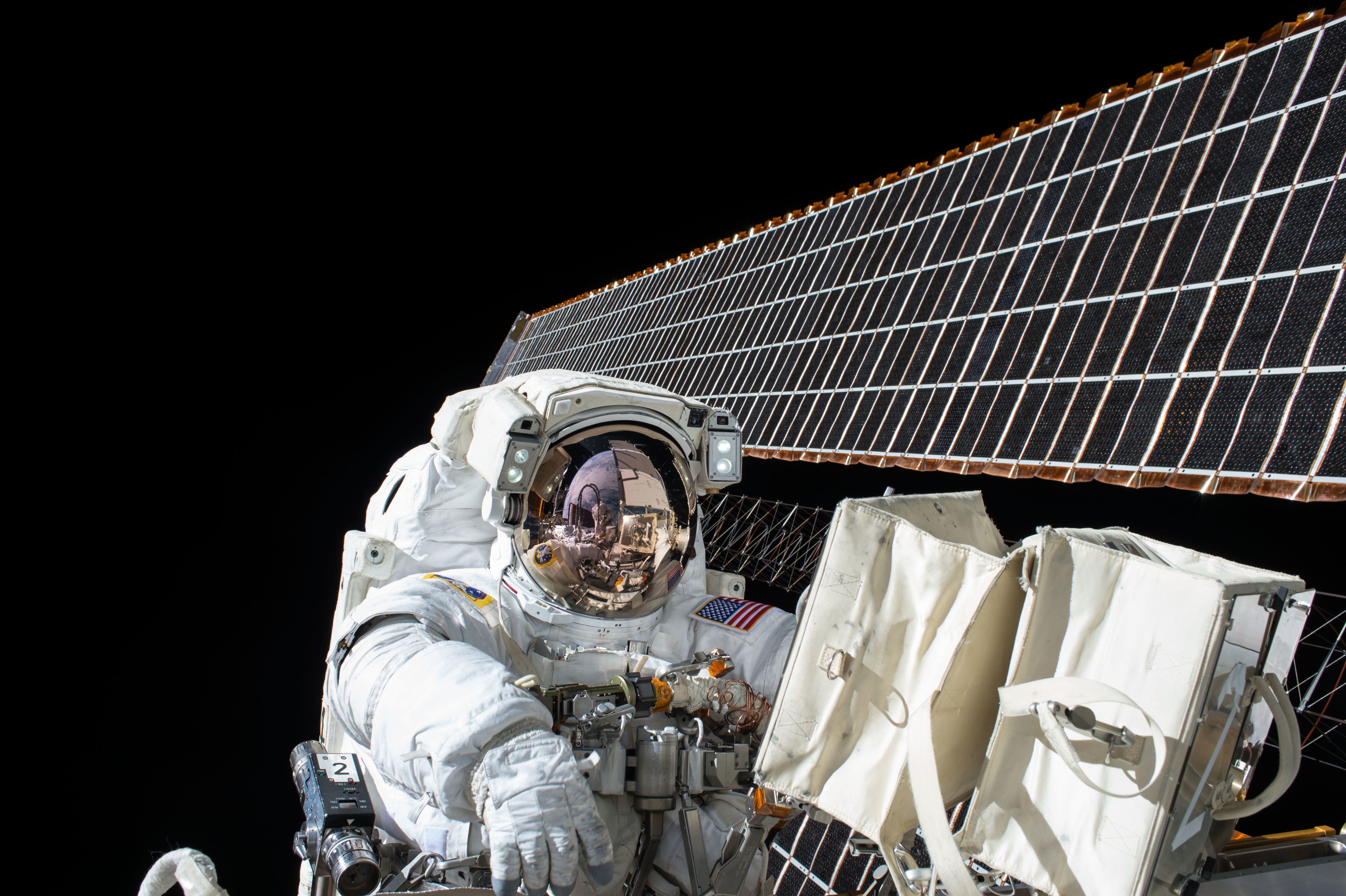
Astronaut Scott Kelly’s year-long mission aboard the International Space Station (ISS) has provided an astonishing insight into the human body’s adaptability in the unique environment of space. One of the most unexpected results of his time in orbit was a change in his height.
During his 340 days aboard the ISS, Kelly grew nearly two inches taller, a phenomenon that left many scientists and space enthusiasts alike in awe. But what exactly caused this curious growth, and what does it reveal about the effects of microgravity on the human body?
To understand why Scott Kelly grew taller during his mission, we must first explore the mechanics of microgravity. On Earth, gravity constantly exerts a downward force on our bodies, compressing our spines and joints.
This gravitational pull keeps our bones and cartilage in a compressed state. However, in the microgravity environment of space, astronauts experience a significant reduction in the force of gravity, which leads to a variety of physiological changes.
In the absence of Earth's gravitational pull, the spine is able to expand and elongate. This is because the discs in our vertebrae, which are normally compressed on Earth, have more room to expand in space.
The result is an increase in height as the vertebrae are no longer being squeezed by gravity. This elongation is a natural response to the weightlessness experienced in orbit.
For Scott Kelly, this effect was significant enough that, after spending nearly a year in space, he measured approximately two inches taller than his height before the mission. The change was not permanent, however. Upon returning to Earth and re-entering the pull of gravity, Kelly’s spine gradually returned to its pre-spaceflight state, and his height reverted to normal within a few months.
The human spine is made up of vertebrae separated by intervertebral discs, which are essentially cushions of cartilage. Under normal gravity conditions on Earth, these discs are compressed by the weight of the body, which limits their ability to expand.
In microgravity, however, the lack of pressure on these discs allows them to spread apart, causing the spine to lengthen. This is a phenomenon that has been observed in multiple astronauts who have spent extended periods in space, with varying degrees of height increase.
This spinal elongation is a temporary adaptation, though, and astronauts do not permanently grow taller after space missions. While the microgravity environment allows for greater disc expansion, the body returns to its normal state once it is subjected to the constant pull of gravity again.
Kelly’s height increased during his time in space, but just a few months after landing back on Earth, he returned to his usual height.
The change in Kelly’s height during his space mission is just one example of the many physical effects that microgravity has on astronauts. While the elongation of the spine is perhaps the most noticeable change, astronauts in space experience several other alterations to their bodies due to the lack of gravity.
For example, muscle mass and bone density decrease because the body no longer needs to support itself against gravity. This can lead to muscle atrophy and bone weakening, which is why astronauts on long missions undergo rigorous physical training to counteract these effects.
Fluid distribution is also altered in space. On Earth, gravity pulls bodily fluids downward, but in microgravity, these fluids can shift toward the upper body and head, leading to changes in vision and other physiological effects.
Astronauts may experience puffiness in their faces and a sensation of “head fullness” due to this redistribution of fluids.
Additionally, the absence of gravity can have effects on the cardiovascular system. Without the force of gravity pulling blood toward the lower extremities, the heart and circulatory system must adapt to maintain proper blood circulation.
This can lead to changes in blood pressure and an increased risk of orthostatic intolerance – the inability to stand up quickly without feeling lightheaded or dizzy.
Scott Kelly’s experience and the unexpected changes to his height underscore the importance of understanding the effects of space on the human body. As humanity prepares for longer missions, including potential missions to Mars, it is crucial to know how the human body will react to prolonged periods in space.
While the microgravity environment has provided valuable insights into human adaptability, it also presents challenges that need to be addressed for the future of space exploration.
NASA and other space agencies have invested heavily in researching the effects of space on astronauts, particularly in terms of physical health. By studying the changes astronauts experience during long missions, scientists can develop strategies to mitigate negative effects, such as muscle and bone loss.
Additionally, understanding how the body responds to microgravity will be vital for developing new medical technologies and treatments.
NASA's long-term goals include sending humans to Mars, a mission that will require astronauts to spend an extended period in space. The lessons learned from missions like Scott Kelly’s, along with the ongoing research into the physiological effects of space travel, will be crucial in preparing astronauts for the challenges of a Mars mission.
The microgravity-induced changes to the human body, including the temporary increase in height, are just the tip of the iceberg when it comes to understanding the full scope of the challenges astronauts will face during deep space missions.
A mission to Mars would likely last several months, if not years, and astronauts will need to adapt to microgravity for much longer than the duration of Kelly’s mission. It is expected that astronauts will face more significant muscle and bone loss during such a mission, as well as other physiological effects, including changes to vision and cardiovascular function.
Researchers are already working on countermeasures to help astronauts maintain their physical health, including exercise regimens, specialized diets, and medical interventions.
Scott Kelly’s unexpected height increase during his year in space serves as a reminder of how little we still know about the human body in extreme environments. Space research is still in its early stages, and there is so much more to learn about how the body reacts to the conditions of space.
As we continue to push the boundaries of human exploration, the discoveries made from studying the effects of space travel will shape not only the future of space exploration but also our understanding of human biology.
As space agencies plan future missions, including those to the Moon, Mars, and beyond, they will continue to rely on research and data from astronauts like Scott Kelly to improve the safety and well-being of space travelers. While the idea of growing taller in space might seem like a curious side effect, it highlights the incredible adaptability of the human body and the potential for new discoveries in the realm of space science.
The phenomenon of Scott Kelly growing taller during his year aboard the International Space Station is a fascinating example of how space travel affects the human body. While his increased height was a temporary result of the microgravity environment, it serves as a reminder of how much we still have to learn about the human body in space.

As space exploration advances and missions become longer and more ambitious, understanding the effects of microgravity will be essential to ensuring the health and safety of astronauts. Scott Kelly’s experience has not only provided insight into the physical effects of space travel but also inspired further research into the future of human exploration beyond Earth.






-1745732949-q80.webp)